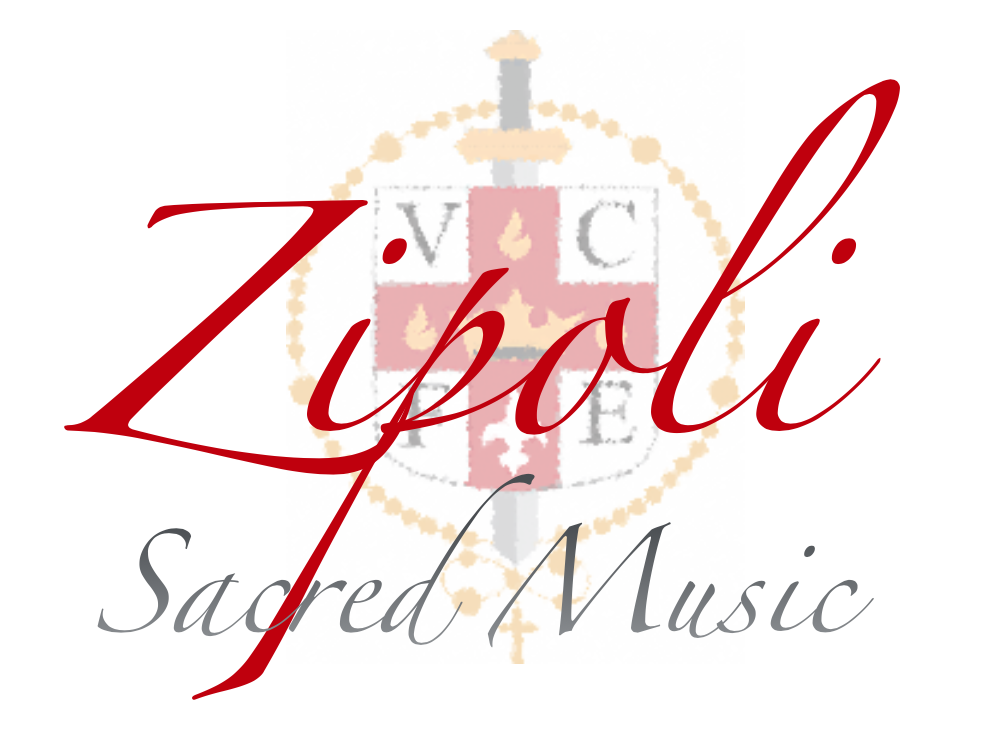A visual for explaining the mechanism of the voice to children:
Bel Canto Technique for extensive study:
Vocal Production
Teaching singing at every stage, children or adults, must involve practice of good vocal technique and exercises called "vocalises".
The main components of the singing voice are:
Breathing
Getting enough air while singing takes effort for a novice singer, since we loose our natural ability of diaphragmatic breathing as we age. This can be aided with exercises that work only on contracting the diaphram, such as "hissing" a sound or using the "h" when singing.
Resonance
Directing the tone of one's voice up and out of the head is an important compenent of chant, that clear, beautiful sound, reminiscent of a boy soprano in a reverberant cathedral, for example. Mrs. Ward has the children place their first two fingers on the bridge of the nose while resonating "nnnnn" in a high voice. The buzzing that is produced and felt is the energy of directing the tone to the front of the face (as opposed to the back of the throat).
Mrs. Ward then lets the children open their mouths to an open "ooo", while extending their hands upward and "blossoming" like a flower. Sometimes, for boys especially, it is nice to pretend their sound is like an arrow shooting forward to the front of the church. Always avoid ugly examples or "over-singing", but a brilliance in resonance and openness of vowel.
Open Vowels
Almost all languages have certain vowels that are learned when speaking that should be "corrected" while singing for the sake of intonation, brilliance, and beauty. The Latin vowels are to be favored in English, Latin and Spanish. These always include opening the mouth with a "tall" vowel, space between the teeth when singing "oo" or humming.
The schwa sounds of vowels should be modified to a taller vowel when singing to "ah", for example in words such as "God", "all". The short vowel of "i" can be modified to include more "oo" sound in it, and be pronouned "ih", and so on.
Sing the Vowels, Not the Consonants
In English and Greek, most times we take the "r" out of word, or flip the "r", as in the word "Kyrie". In Latin and Spanish, the consonant "r" is less of a problem. In all cases, vowels should be sung and consonants should be put at the very end of a note and conjoined to the next syllable.
In the case of a dipthong, two vowels combined in one syllable, usually the first vowel is held and the other is put at the end of the note, as in the case of "Loud" where we hold the "ah" and put the ending "oo" sound only with the d. The same for Latin words like "laudate", unless in chant, where there is a liquescent marked and the vowel is distinguished. This, for example can be used in cases at the end of the word "Alleluia", where the "ee-ya" are both pronounced, indicated by the liquescent marking in the chant.
VOcal Exercises - "Vocalise"
Every choir or student learning to sing will work through a series of warm-up technical exercises called vocalises. These depend on the technique that is being taught, or the method. For general church choirs, one may start with playing the piano while supporting drills that outline a major triad or do-sol ascending and descending scale, and then moving through the ranges, using syllables such as "mee, meh, mah, yeh, noo, or la, ta, or da".
